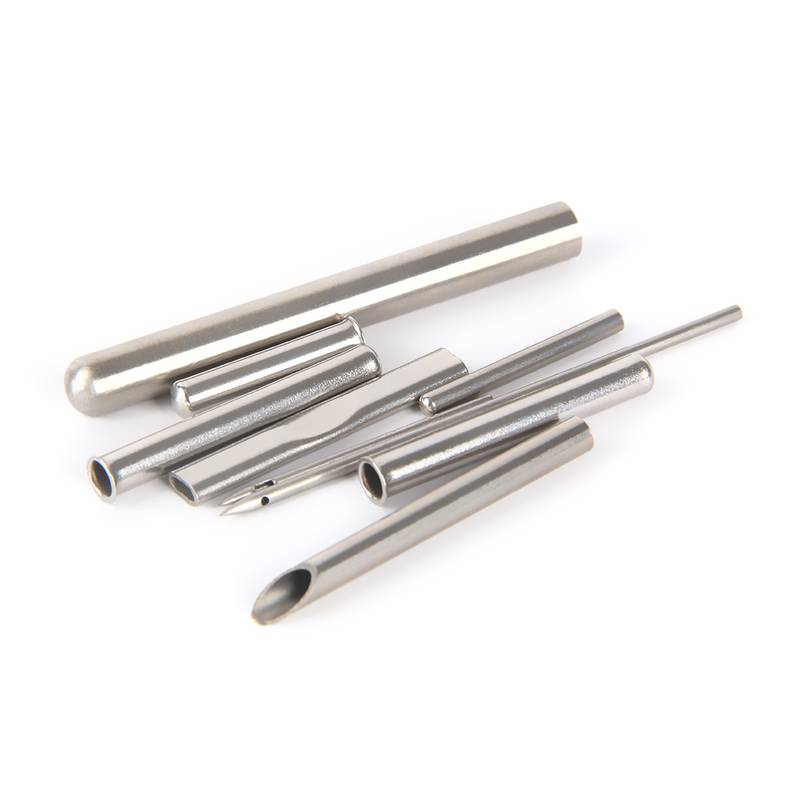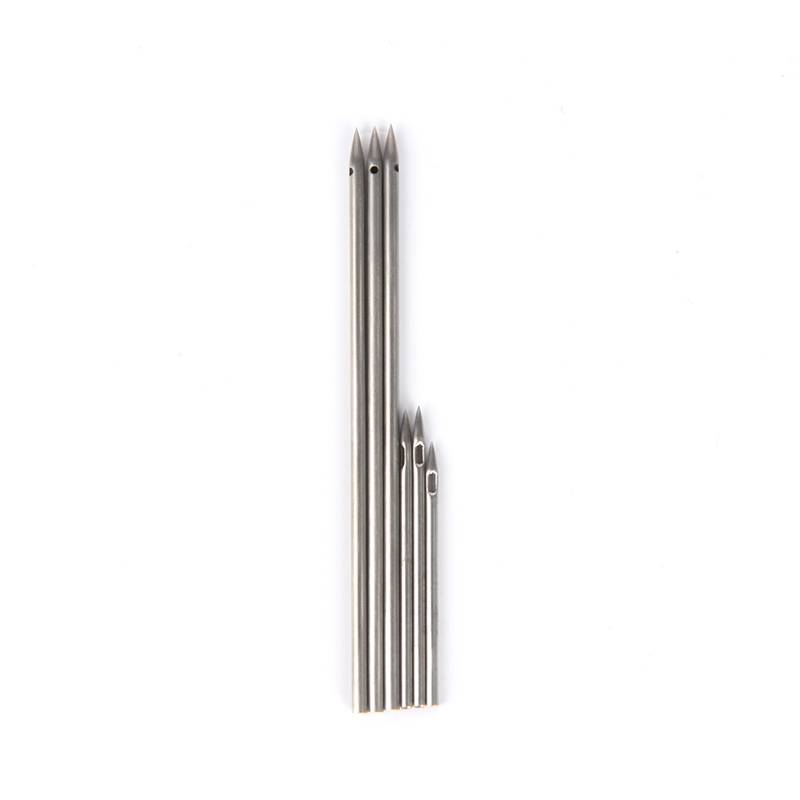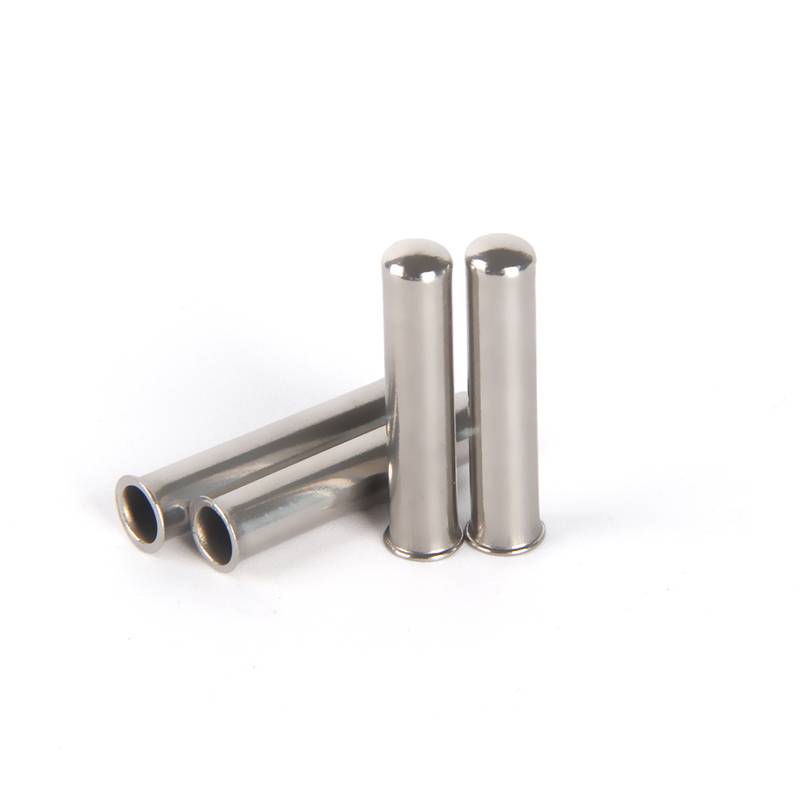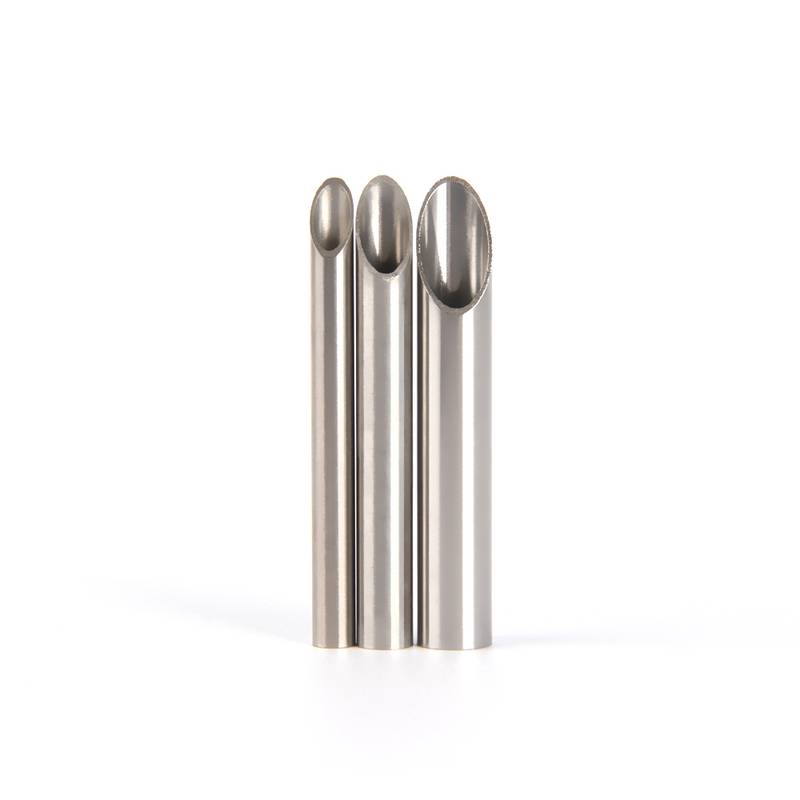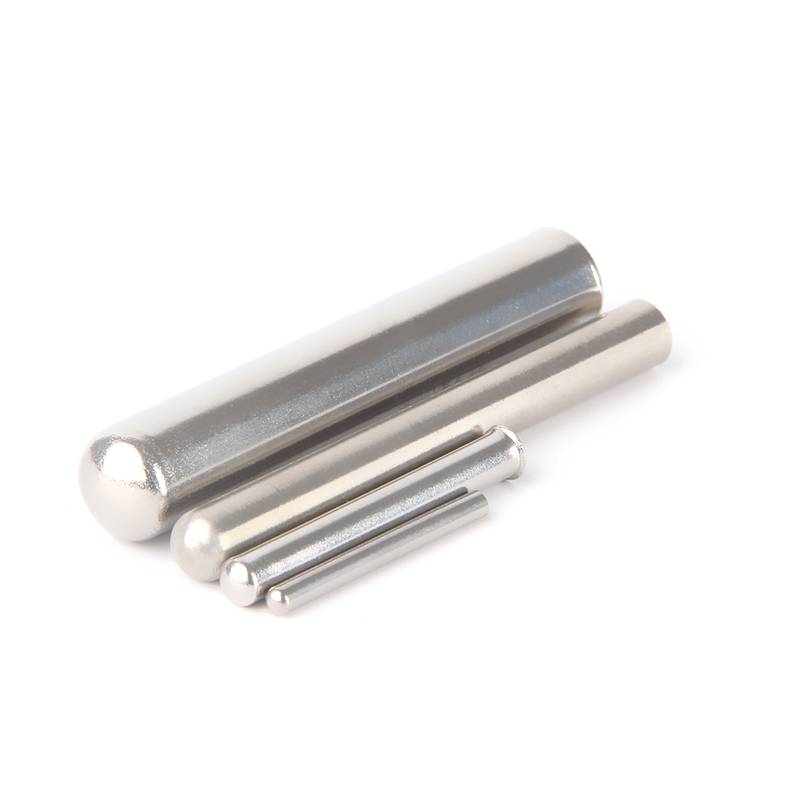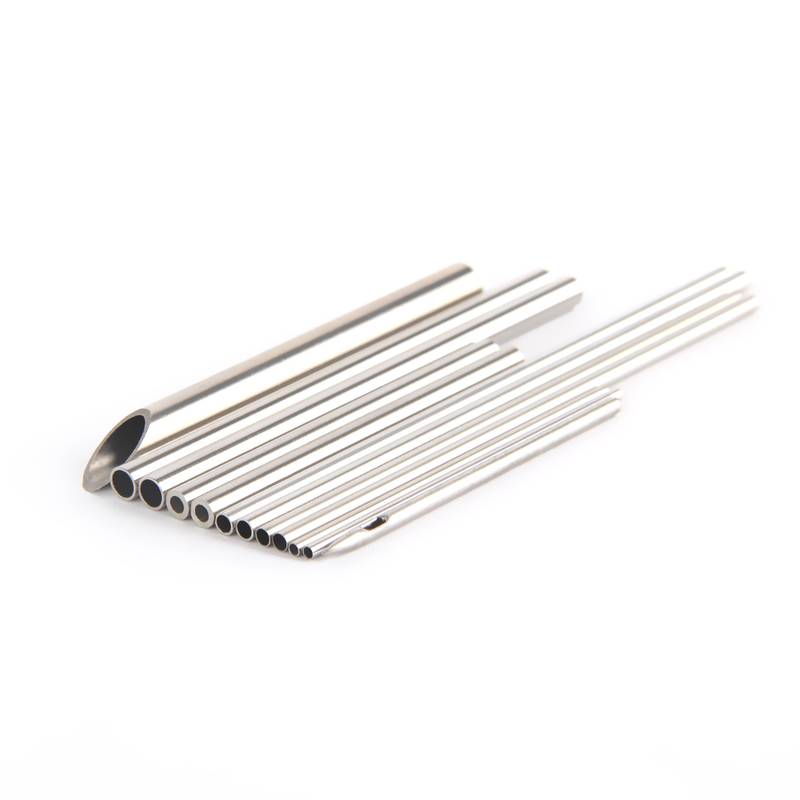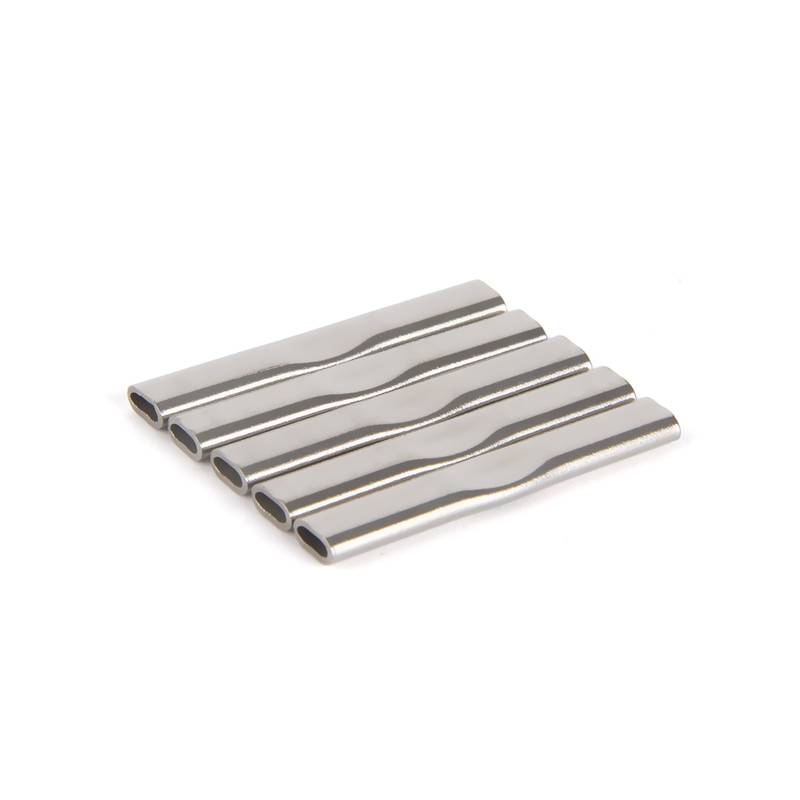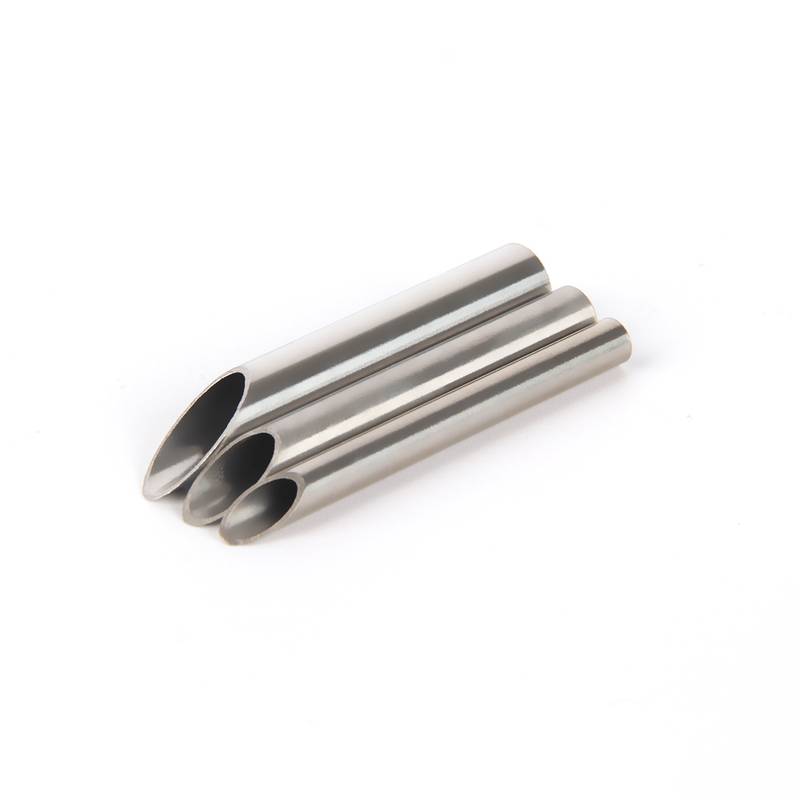Custom Stainless Steel Capillary tubing
Ian Industries offers various sizes of stainless steel tube in stock. We can also prodivde customized sizes and processing services, such as bending, beveling cutting, laser cutting, punching, shrinking, flaring etc
Additional information
| Manufacturing | Seamless, Welded |
|---|---|
| Outer Diameter | 0.26-10mm |
| Wall Thickness | 0.065-1mm |
| Length | 0.1mm-3000mm, Customized |
| Grade | 200 Series, 300 Series, 400 Series, 900 Series, etc |
| Temper | Hard, Half Hard, Soft |
| Processing Service | Bending, Welding, Punching, Laser Cutting, Threading, Lathing, Flaring, Shrinking |
| Product Standard | ASTM, ASME, EN, JIS, DIN, GB/T, etc |
Product Details:
Stainless Steel Capillary Tubes
Stainless steel capillary tube is produced in advanced cold drawn or seamless drawn process, sufficient to guarantee the product’s level of accuracy and finish requirements. According to customer requests control the outer diameter, inner diameter, wall thickness and tolerance.
Stainless steel capillary tubes are high-precision microtubes with extremely small outer diameters (typically 0.26mm–10mm) and ultra-thin walls (0.065mm–1mm). They are widely used in medical, precision instrumentation, chemical, and electronics industries.
1. Common Stainless Steel Materials
| Material | Characteristics | Typical Applications |
|---|---|---|
| 304 (06Cr19Ni10) | Excellent corrosion resistance, formability, non-magnetic | Medical catheters, sensors, chemical instruments |
| 316 (06Cr17Ni12Mo2) | Superior corrosion resistance (chloride-resistant), contains Mo | Marine environments, medical implants |
| 316L (022Cr17Ni12Mo2) | Ultra-low carbon, resists intergranular corrosion | Biomedical, high-purity chemical delivery |
| 321 (06Cr18Ni11Ti) | Contains Ti, high-temperature oxidation resistance | High-temperature sensors, aerospace |
2. Key Performance Parameters
| Parameter | Typical Value | Notes |
|---|---|---|
| Outer Diameter (OD) | 0.26mm – 10mm | Custom ultra-fine sizes available (e.g., 0.05mm) |
| Wall Thickness (WT) | 0.065mm – 1mm | Ultra-thin walls require special processes (e.g., cold drawing) |
| Tolerance | ±0.02mm (common) | High precision tolerance (±0.01mm) |
| Tensile Strength | 500–800 MPa (varies by material and temper) | Annealed 316L: ~520 MPa |
| Pressure Resistance | Depends on wall thickness/diameter ratio | Burst pressure formula: *P=2St/D* |
3. Key Features
✅ High Precision: Inner/outer diameter controlled to micron-level tolerances.
✅ Corrosion Resistance: Resists acids, alkalis, bodily fluids, and high-temperature steam (316L ideal for medical use).
✅ Cleanliness: Available in oil-free, dust-free, and electropolished finishes.
✅ Customizability: Bendable, weldable, and coatable (e.g., PTFE-lined).
4. Typical Applications
-
Medical Devices:
-
Hypodermic needles, vascular stents, minimally invasive surgical catheters.
-
HPLC (liquid chromatography) tubing.
-
-
Industrial Instruments:
-
Pressure sensor tubing, micro-pneumatic systems.
-
-
Electronics:
-
Fiber optic sheathing, semiconductor gas delivery.
-
-
Scientific Research:
-
Microreactors, lab-scale precision fluid control.
-
5. Manufacturing Processes
-
Cold Drawing: Controls OD and wall thickness, improves surface finish.
-
Annealing: Relieves stress, restores ductility (critical for 316L).
-
Electropolishing: Enhances inner wall smoothness, reduces fluid retention.
-
Laser Welding: Ensures precision connections between tubes and fittings.
6. Selection Guidelines
-
Material Choice:
-
Common applications: 304/316L
- Medical applications: 304/316L (biocompatible).
-
High-temperature use: 321/310S.
-
-
Dimensional Precision:
-
Precision instruments require tight tolerances (e.g., ±0.01mm).
-
7. FAQs
❓ Q1: What pressure can capillary tubes withstand?
→ Depends on material and wall thickness. Example:
-
316L capillary (OD 1mm, WT 0.1mm) burst pressure ≈ 30 MPa.
❓ Q2: How to prevent collapsing during bending?
→ Use mandrel bending or select annealed temper (softer).
